Google I/O 2024: Future of Mobile & Web Apps
This year’s Google I/O took place earlier this week. This event is an annual developer conference held by Google in Mountain View, California.
The all-digital event was packed with exciting announcements and updates that are set to boost the world of mobile and web app development.
Whether you're a business owner with a brand new app idea or looking to refresh your existing one, this blog post will equip you with the key takeaways you need to know.
Mobile Apps with AR
The mobile app market is dynamic, and Google I/O 2024 shone a spotlight on Augmented Reality (AR) as the next big frontier. This technology overlays digital elements onto the real world, creating immersive experiences for users.
Here's what caught our eye:
Geospatial AR: Google announced new geospatial tools that allow developers to build AR experiences tied to real-world locations. For example, users could explore your school or your store virtually before stepping through the door or even get insight on how to find your business.
This pilot program is currently underway in Singapore and Paris, but it has the potential to change how users interact with businesses through their mobile devices.
Simplified AR Development: Building AR experiences can be complex, but Google is making it easier. Updates to ARCore, the core technology behind AR apps, and Geospatial Creator, a tool for designing AR experiences, streamline the development process.
This means that from now on, AR features can be more readily integrated into your mobile app, creating a more engaging user experience faster and better.
Web Apps Personalization with AI
Although mobile devices usage grew in the past years, the web app development landscape and its importance across various industries is constantly evolving as well.
Google I/O 2024 highlighted the power of Artificial Intelligence (AI) in creating personalized web app experiences. Here's what you need to know:
AI-Driven Personalization: Google introduced new features that allow developers to create personalized experiences within a web app based on your preferences and tailoring its content accordingly.
This can mean anything from suggesting relevant products based on browsing history to streamlining checkout processes.
Smoother AI Implementation: Launching new AI features can be terrifying because lots of people do not know where to start, there is too much information.
However, Google discussed using Firebase Remote Config, a tool that allows for quicker updates and testing of AI functionalities within your app. This ensures a smooth and confident launch, minimizing glitches and user frustration.
Building Apps for Every Device
Consumers today — all of us actually — switch between smartphones, tablets, and desktops, whether we are at work or home.
The conference put emphasize on the importance of cross-device development, ensuring your app functions flawlessly on any screen.
Here's the very good news: Google offered new valuable resources and best practices for developers to create apps that adapt to different screen sizes and operating systems. This ensures a smooth and consistent user experience regardless of the device your customer is using.
Flutter, a popular framework for creating functional cross-platform apps faster for both mobile and web.
At its core, Flutter allows developers to build a single codebase that can be deployed on both mobile (iOS and Android) and web platforms. Here are some interesting updates of this year:
Improved Cross-Platform Performance: While Flutter already excels in cross-platform development, Google I/O 2023 introduced Impeller, a new rendering engine.
This year, the focus was on expanding Impeller's reach. Work is underway to ensure it runs seamlessly on both iOS and Android, supporting Vulkan and OpenGLES graphics libraries.
This translates to smoother performance and a more visually stunning experience for your users, regardless of the device they use.
Flutter GPU: Formerly known as Dart GPU or Impeller Dart, Flutter GPU aims to provide a low-level way for developers to interact with the graphics capabilities of the Flutter framework.
This future iteration holds the potential to unlock even greater creative possibilities. While the specifics are still being explored, early indications suggest Flutter GPU could help developers to create graphics-intensive applications, like games, using the familiar Flutter framework.
While Flutter shines for cross-platform development, Google I/O 2024 also highlighted improvements in communication between Dart, the programming language used in Flutter, and native languages like Objective-C/Swift for iOS and Java/Kotlin for Android.
This means that a better integration for hybrid apps that combine Flutter with native functionalities is on its way.
Final Thoughts
From the immersive possibilities of AR to the power of AI-driven personalization, the tools available are constantly evolving and must take action to stay up-to-date with the trend because nobody likes to be left behind, right?
This blog post has shown you some key takeaways to navigate this new territory. We explored the potential of AR for mobile apps, the importance of cross-device development, and how AI can personalize the web app experience. We also discussed a bit about Flutter, a framework that's becoming even more powerful with advancements like Impeller and the promise of Flutter GPU.
Google I/O 2024 was again an event full of valuable resources for both mobile and web app development. All the sessions are now available on-demand, so you can dive deeper into the topics that pique your interest - or you can simply contact us and we’ll tell you all about it.


